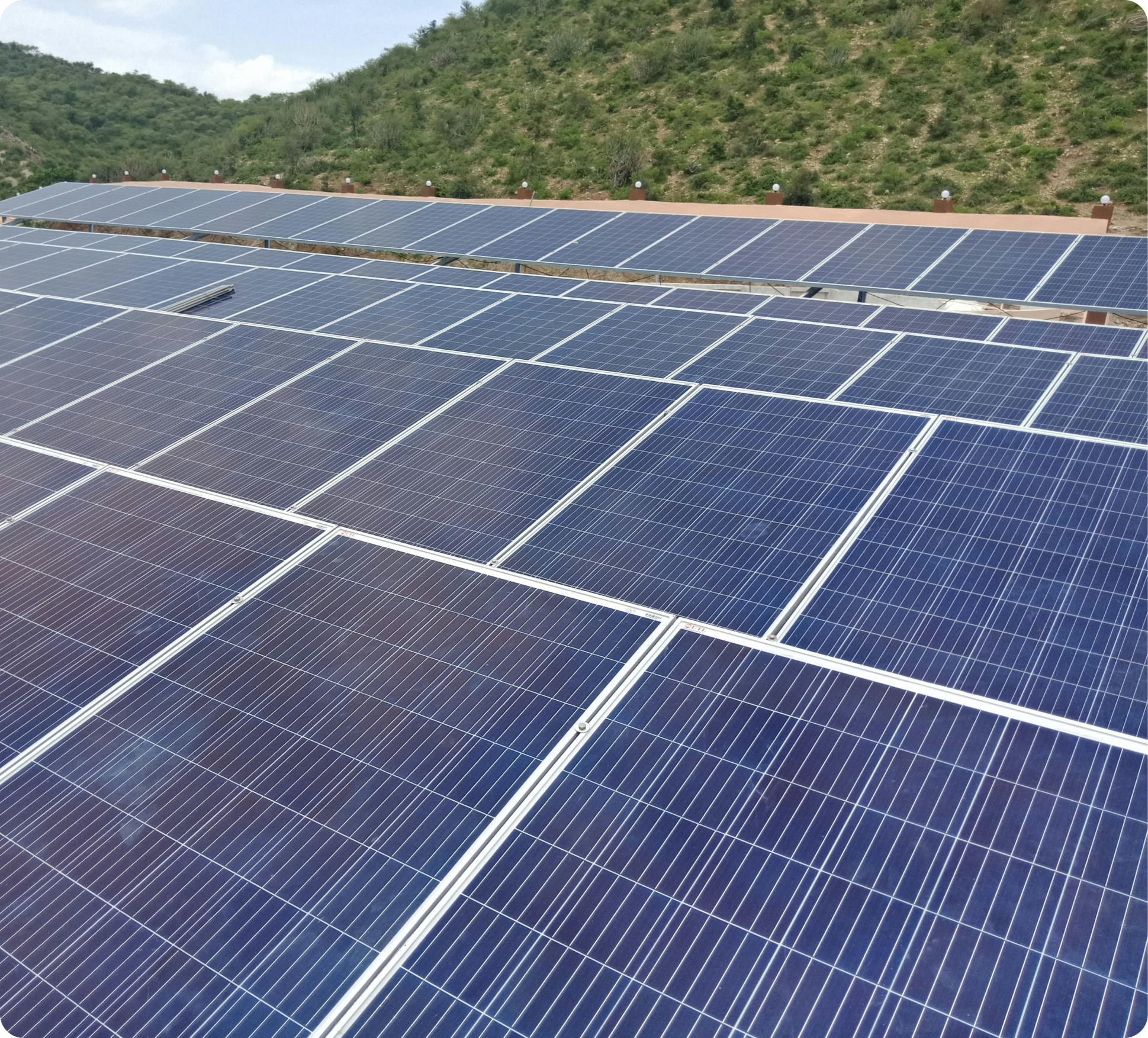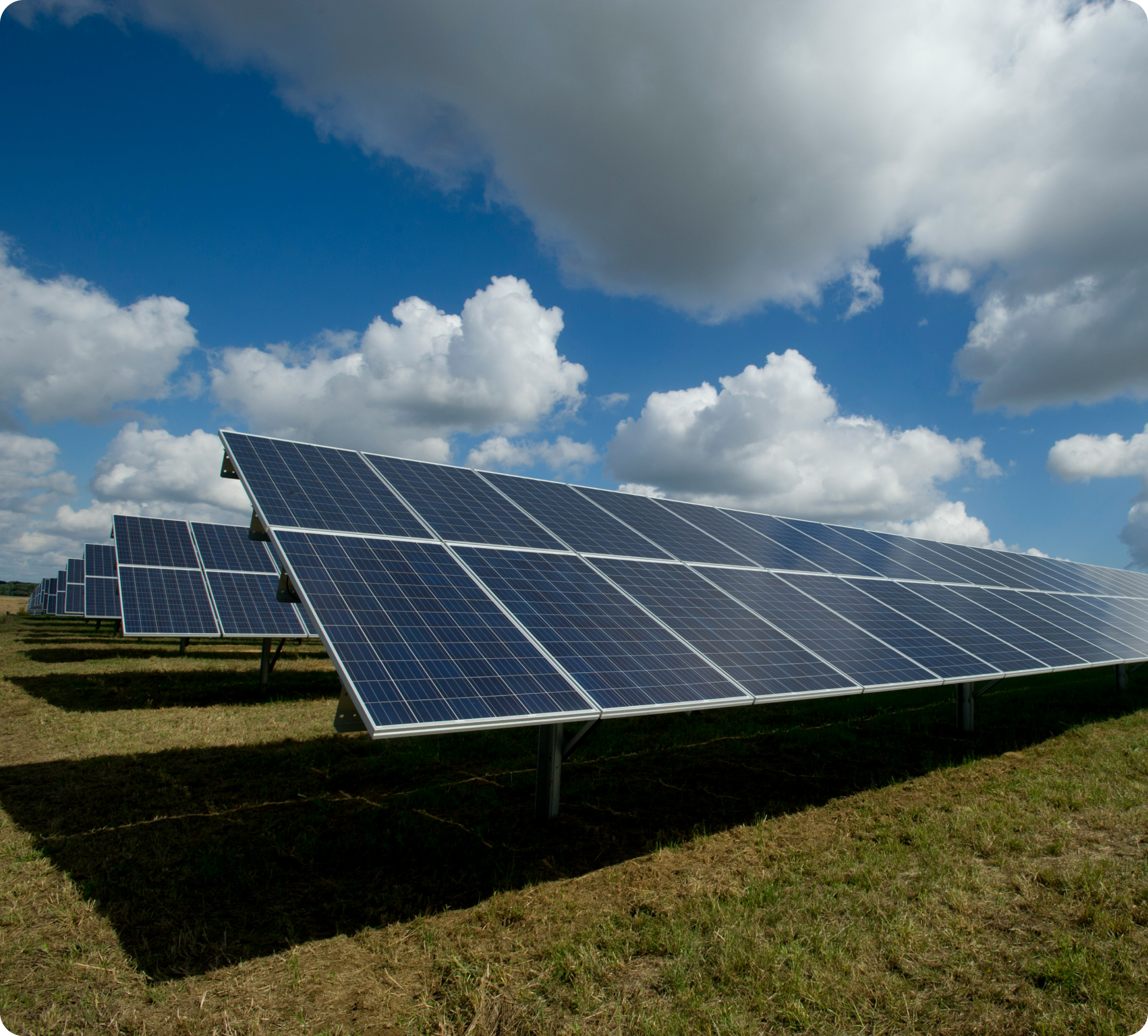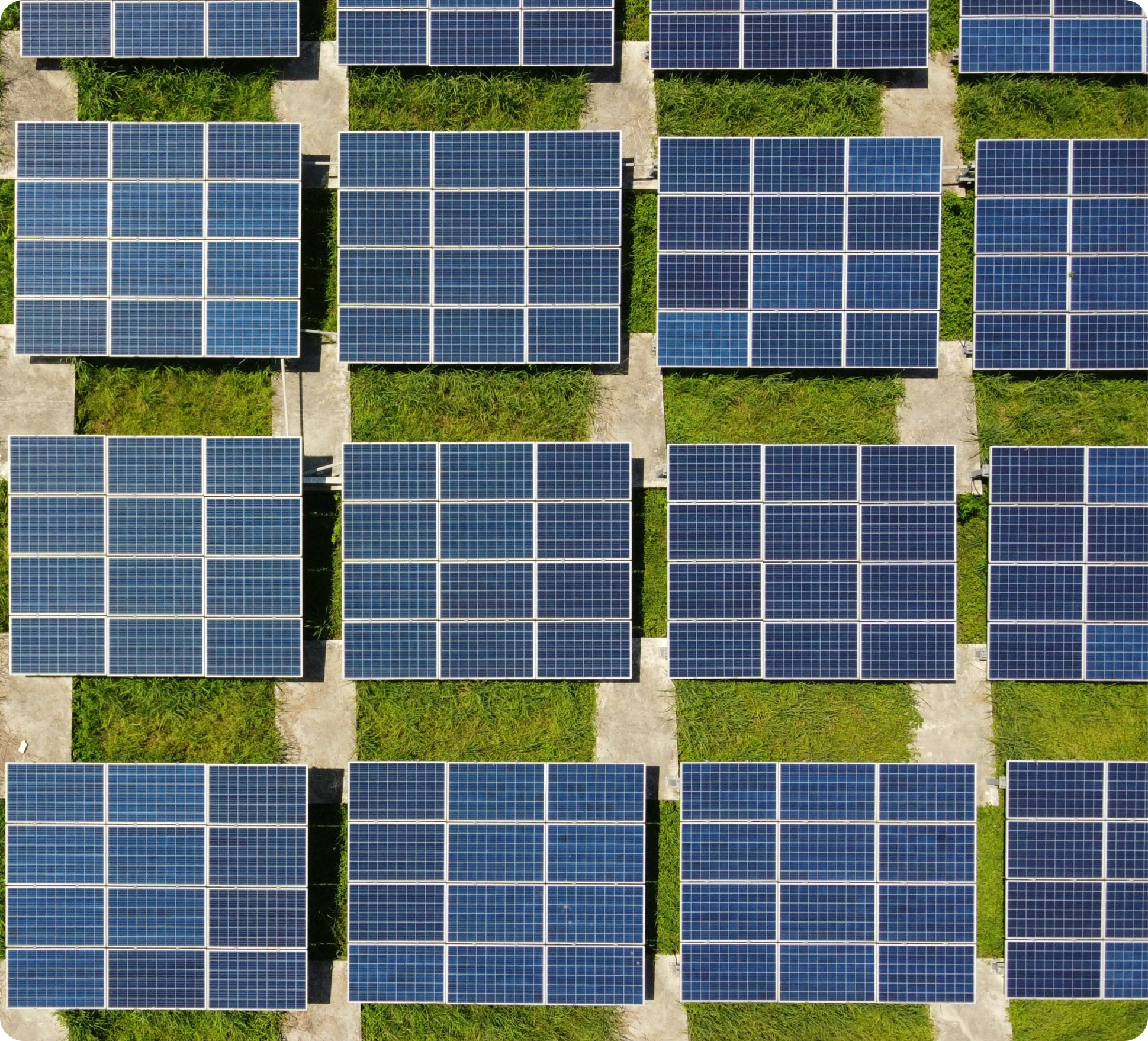Open space systems maximize land use by installing solar panels in green areas, generating clean energy while preserving open spaces for recreation and biodiversity.
Open space solar systems effectively utilize land that may not be suitable for traditional development or agriculture, thereby maximizing the land's utility. By generating renewable energy while coexisting with existing land uses, such as agricultural fields or natural landscapes, these systems contribute positively to land conservation and biodiversity preservation efforts.
These systems are highly adaptable, ranging from small scale installations to large scale solar farms. This flexibility allows them to meet diverse energy demands across various settings, from residential and commercial applications to utility-scale electricity generation projects. Open space solar thus provides a versatile solution capable of addressing both localized energy needs and broader regional electricity requirements.
pen space solar projects often benefit from economies of scale, driving down costs per unit of energy produced. This cost-effectiveness makes them an attractive investment for developers, utilities, and communities seeking to expand their renewable energy portfolios. Additionally, these projects can stimulate local economies through job creation during construction, ongoing maintenance, and potentially leasing agreements with landowners, providing economic benefits beyond clean energy production.
Open space solar systems effectively utilize land that may not be suitable for traditional development or agriculture, thereby maximizing the land's utility. By generating renewable energy while coexisting with existing land uses, such as agricultural fields or natural landscapes, these systems contribute positively to land conservation and biodiversity preservation efforts.
These systems are highly adaptable, ranging from small scale installations to large scale solar farms. This flexibility allows them to meet diverse energy demands across various settings, from residential and commercial applications to utility-scale electricity generation projects. Open space solar thus provides a versatile solution capable of addressing both localized energy needs and broader regional electricity requirements.
pen space solar projects often benefit from economies of scale, driving down costs per unit of energy produced. This cost-effectiveness makes them an attractive investment for developers, utilities, and communities seeking to expand their renewable energy portfolios. Additionally, these projects can stimulate local economies through job creation during construction, ongoing maintenance, and potentially leasing agreements with landowners, providing economic benefits beyond clean energy production.




